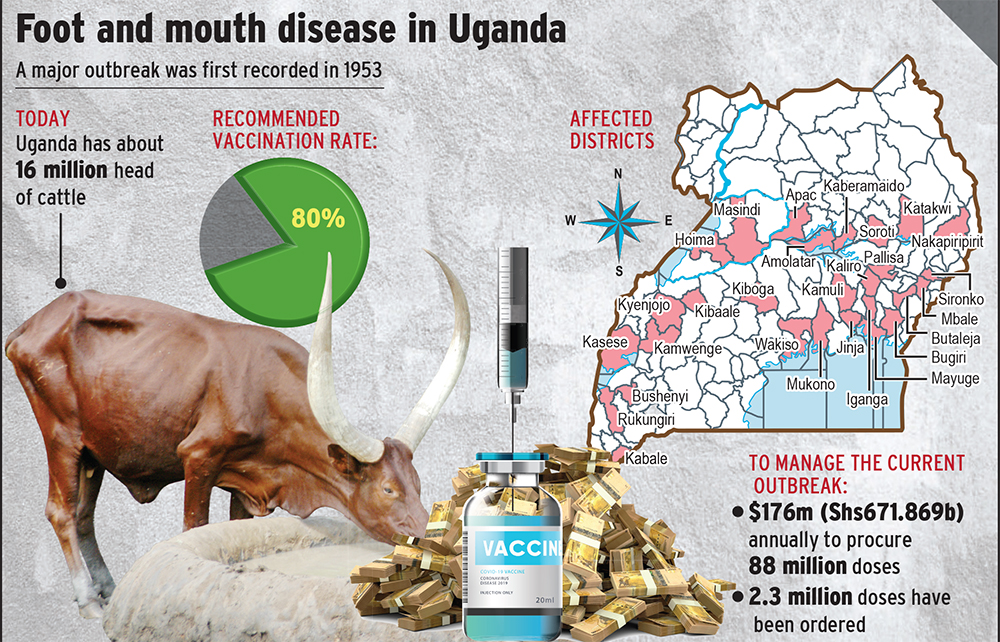Groundnut production in Uganda has seen a significant rise due to increasing demand for the versatile crop. According to the Uganda Bureau of Statistics, national production surged from 126,000 metric tonnes in 1999/2000 to 219,000 metric tonnes in 2005/6.
Groundnut paste serves as a quick and convenient sauce, complementing a variety of staple foods such as cooked bananas, potatoes, yams, and more. Its ease of preparation and minimal fuel requirement make it popular, especially among urban dwellers looking for a quick meal after a long day.
Roasted groundnuts are a common accompaniment to coffee and tea, with vendors lining urban streets offering them in small quantities for prices ranging from Shs500 to Shs1000. There is a growing demand for roasted groundnuts, particularly from parents who seek to provide them as snacks for boarding school students, leading to increased sales, especially during school holidays.
Beyond consumption, groundnuts play a crucial role as a source of protein and a raw material for edible oil, as well as in confectionery production. Additionally, their leaves serve as valuable fodder for livestock farmers due to their protein content.
Western Uganda emerges as the top producer of groundnuts, yielding an estimated 117,000 metric tonnes annually, followed by Eastern Uganda with 67,000 tonnes, Northern Uganda with 45,000 tonnes, and Buganda region with only 24,000 tonnes.
Despite Uganda’s strong production, the influx of Tanzanian groundnuts into the market has kept farm gate prices stable at around Shs2,500 per kilo. However, during prolonged periods of rain shortage, prices may surge to as high as Shs3,700 per kilo in certain areas.
Investing in groundnut production proves lucrative given the crop’s high demand. Successful cultivation requires adequate rainfall during the initial growth period and sufficient sunlight as the crop matures. Some farmers have adopted drip irrigation methods and row planting to optimize production, often supplemented by organic fertilizers or phosphate fertilizers.
To ensure a successful harvest, farmers must maintain weed-free fields with loose, fertile soil. Timely weeding is crucial before flowering to prevent interference with the pollination process. Delayed weeding can hinder the growth of pegs into the ground, affecting pod development and overall yield.
Disease management is another concern for groundnut farmers, with common ailments including groundnut rosette, leaf spot, blight, and bacterial wilt. Agricultural extension services offer guidance on disease prevention and management strategies. Additionally, farmers employ traps or scarecrows to deter rodents, which pose a threat to groundnut crops.
By adopting proper cultivation practices and disease management strategies, Ugandan farmers can maximize groundnut production and contribute to the country’s agricultural prosperity.




















